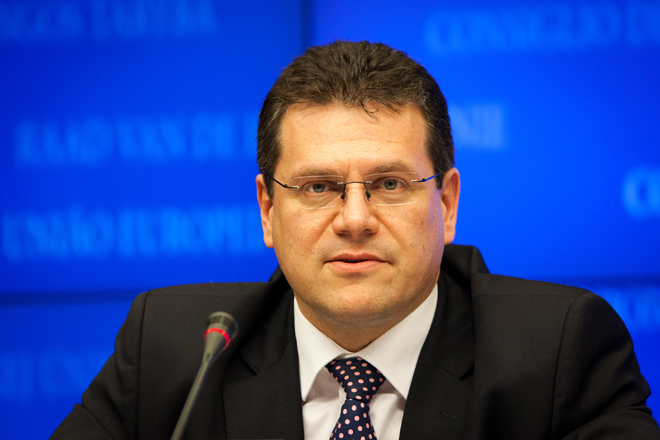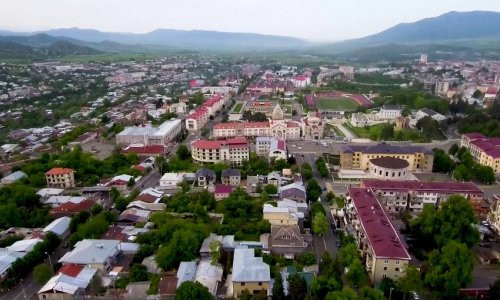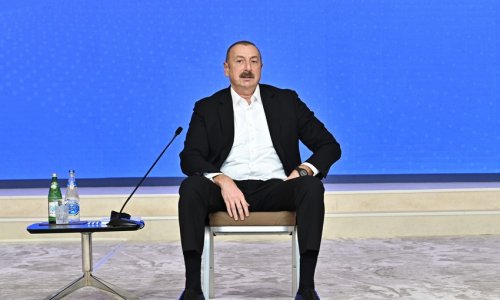Talks on Turkmen gas delivery to Europe are progressing quite well, says Maros Sefcovic, the European Commission’s vice-president for Energy Union.
"We are currently working together with Azerbaijan, Turkey, Georgia and Turkmenistan on ways how Turkmenistan could become also a supplier of the gas for Europe, and how we can use Southern Gas Corridor route for the deliveries,” Sefcovic told Trend in a phone interview.
Turkmenistan ranks fourth in the world in terms of its gas reserves and the country is looking for new markets. The best route for delivering Turkmen gas to Europe would be laying a 300-kilometer gas pipeline across the Caspian Sea to Azerbaijan, where it would further connect to the Southern Gas Corridor gas pipeline system.
"We started the so-called Ashgabat declaration process last year, where we set up the working group which is looking for all the possible options, legal and economical issues linked with this question,” Sefcovic said further commenting on the issue.
He said this expert group had its last meeting few days ago in Istanbul, where two options of how Turkmen gas could be supplied to Europe were put on the table.
"Now, of course, this possibility will have to be assessed by all the governments, and we hope that we will come to this discussion back quite soon,” noted Sefcovic.
"I think the priority would be to make sure that Southern Gas Corridor is built on time and there is a possibility to make it even ahead of the schedule, and also to see how we can make sure that the Southern Gas Corridor will open possibility for Turkmenistan to supply gas to Europe as well,” he added.
Sefcovic also said the new developments in Iraq, Iran and East Mediterranean also create opportunity to receive gas from new potential suppliers.
"But of course, in the end what would need to be judged would be overall demand of the gas in Europe, which we projected for 2030 to be more or less the same as it is today, that is from 380 billion cubic meters to 450 billion cubic meters per annum, and of course what would be the most cost efficient way, how to supply this gas to Europe or to use the Southern Gas Corridor, or to go and use the LNG alternatives.”
As for Iran, Sefcovic expressed opinion that at the first stage the country will focus on returning to the global oil markets, because currently its gas consumption is quite high.
"Iran is one of the countries where gas represents more than 60 percent in domestic energy mix, and despite the fact that it has one of the biggest gas reserves in the world, Iran is currently in a position of net importer, which I am sure will change in the near future,” added Sefcovic.
He also says that the LNG supplies would be most practical and most probable way for Iran’s entering European gas market, because gas fields are primarily located in the south of that country.
"For Europe, most important issues would be the quality of services, reliability of supplies and price of gas,” added Sefcovic. "We want to be open to all potential suppliers.”
Iran’s proven gas reserve stood at 34 trillion cubic meters as of early 2015, according to BP. The country’s share on the world gas market is 17 percent.
Earlier, Iran stated that LNG export to Europe is its priority. The National Iranian Gas Exports Company (NIGEC) plans to build five plants for LNG production within three years.
(Trend)
(Trend)
www.ann.az
Follow us !











